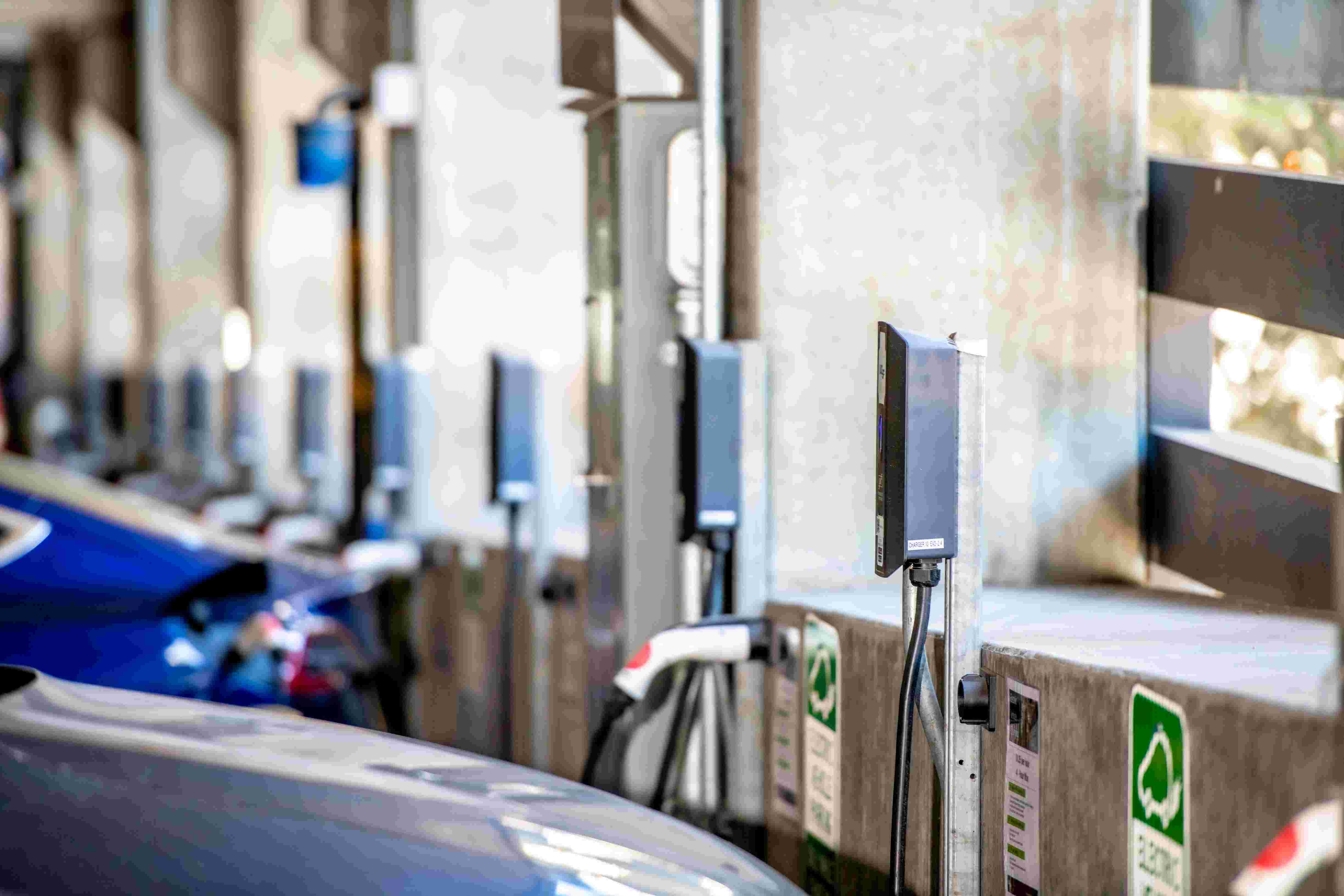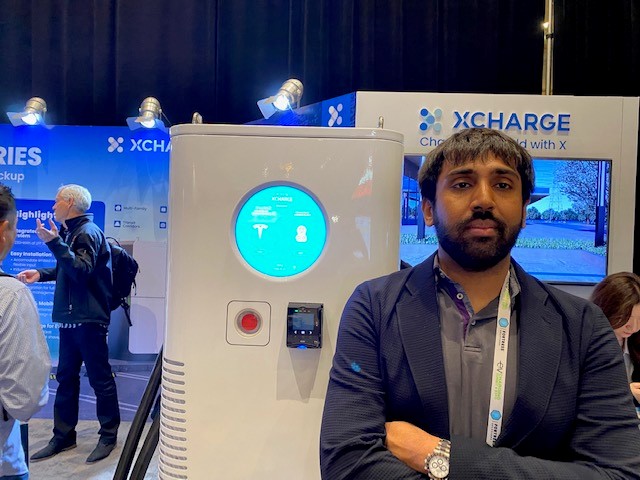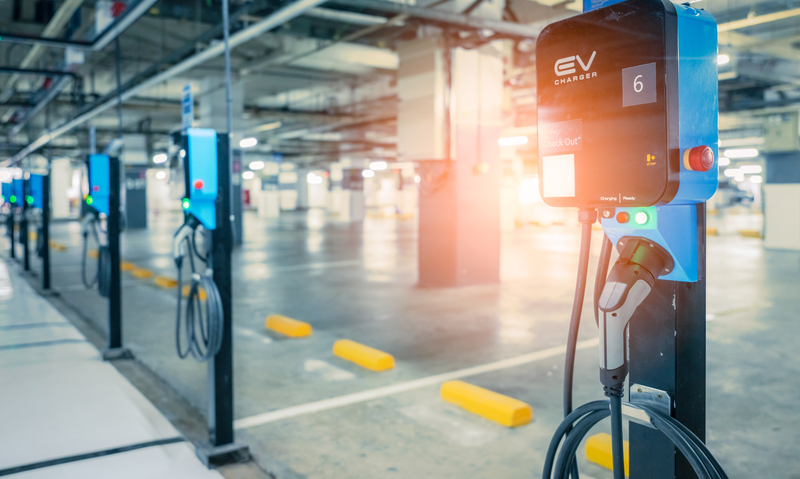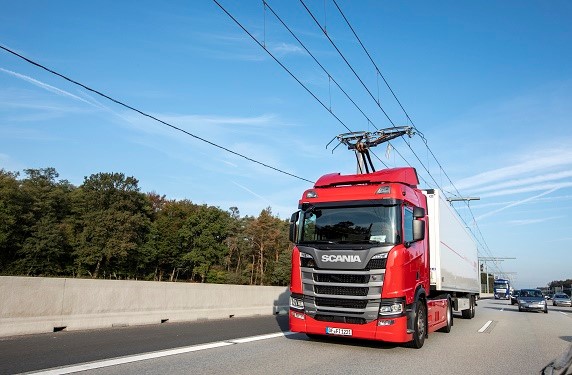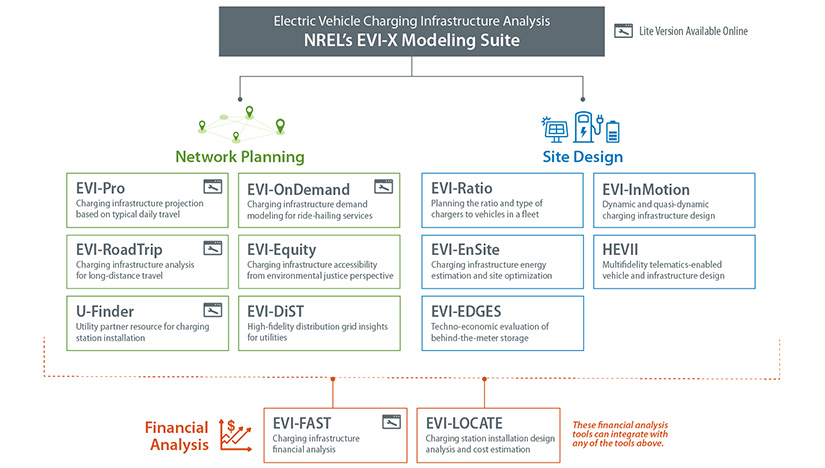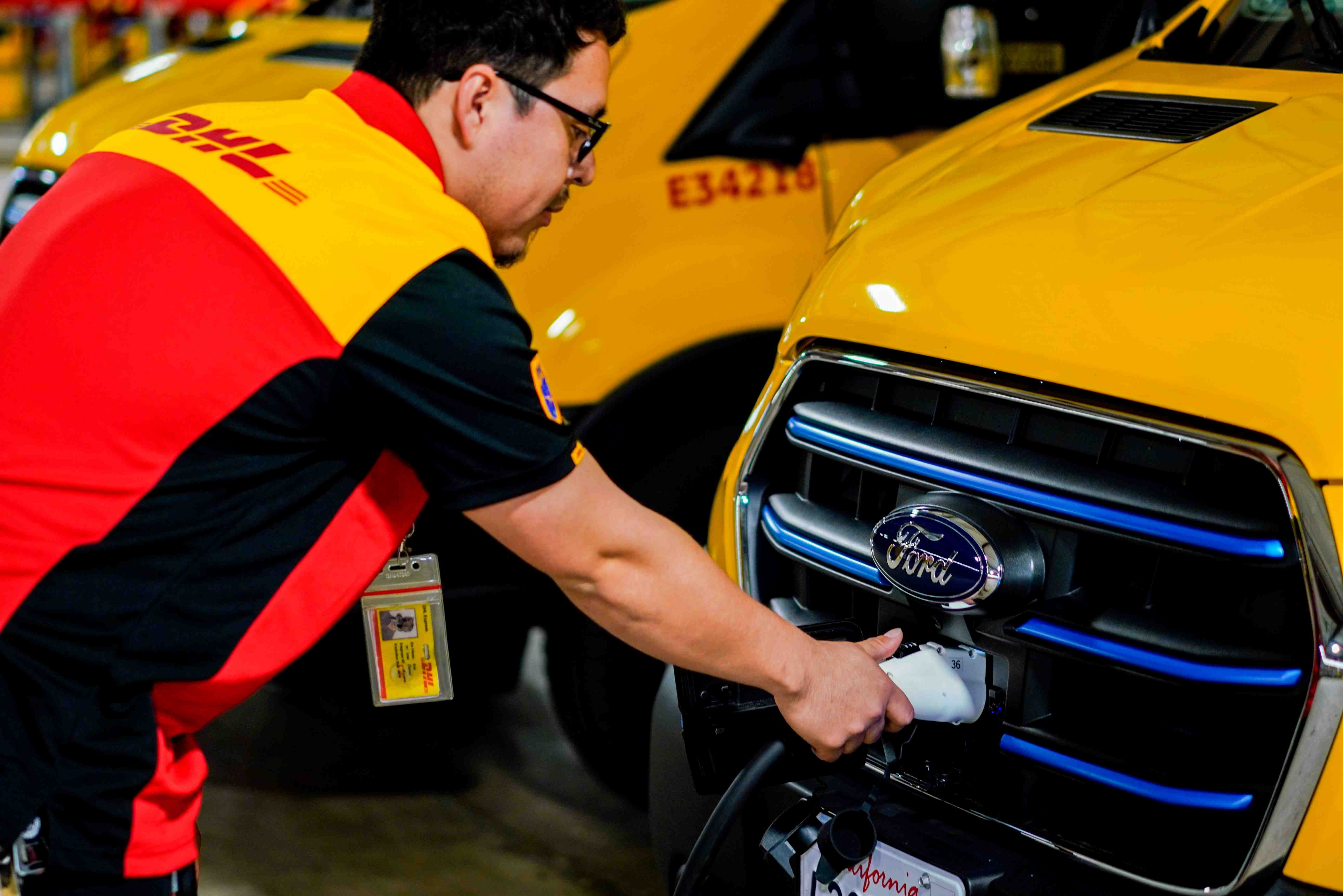
The chargers, installed at DHL service centre facilities in major US markets, are equipped with PowerFlex X, energy management software that monitors, tracks, and reports on charging activities, integrating with DHL’s telematics platforms to optimise electric vehicle supply equipment (EVSE) operations. DHL says it is the first logistics company to commit to a zero-emissions target, and its fleet electrification is an important step in its green logistics plan.
PowerFlex completed the first installation with DHL in 2020 and customised the EVSE project and subsequent ones to optimise the charging experience around the daily delivery operations of DHL. The charging stations were installed overhead to keep them out of the vehicles’ path of travel yet remain accessible for drivers to plug in at the end of the day. By reviewing the logistical needs of each fleet depot, PowerFlex recommended that DHL install Level 2 charging stations, which are typically more reliable, economically priced, and less power-intensive than Level 3 DC Fast Chargers.
Another advantage of PowerFlex Level 2 chargers is the ability to increase the number of chargers onsite to enable future expansion or provide spare chargers as backup if necessary.
PowerFlex L2 chargers are equipped with adaptive load management (ALM), intelligent energy management software that balances the power usage across the network of chargers to minimise expensive spikes in energy demand. With ALM, DHL was able to install double the number of chargers in comparison to unmanaged charging with the same power limit and onsite utility infrastructure.
Additionally, by mitigating spikes in energy demand, ALM is the grid-friendly EV charging technology that helps prevent overtaxing the existing electricity grid.
For these EVSE projects, PowerFlex provided DHL a full suite of services, including site feasibility assessments, turnkey design and installation, hardware and software solutions, and asset management and operations and maintenance services.



